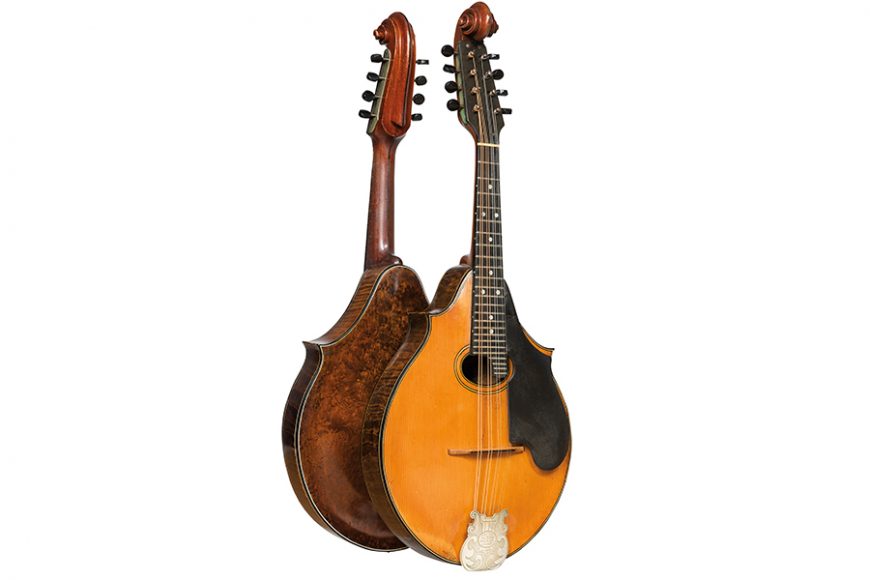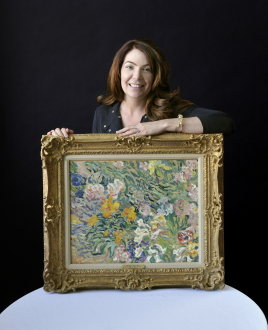A vocation, a regular occupation or profession, may make someone rich. But an avocation, something we do for the love of it, has the capacity to enrich lives, too, albeit often in nonmonetary ways.
Music as an avocation is a powerful force that brings people together across lines of age, ethnicity, nationality and class. It transcends time and space with a universal emotional language. One of the most popular and enduring avocations, music balances lives and expresses feelings that may be hard to convey in any other way.
While music can be a solitary pursuit, more often it connects people with other enthusiasts. Performers who may have little in common besides the shared love of music come together in jam sessions and informal concerts. There are several programs run by symphony orchestras that bring together vocational and avocational musicians to practice and perform.
It’s not surprising that many actors are notable instrumental performers, too. Woody Allen is a serious jazz musician. Richard Gere, in addition to being a guitar player and onetime guitar collector, is also an accomplished pianist. (He composed and played the famous piano sequence in the hit movie “Pretty Woman.”)
Science and music also coexist harmoniously. Indeed, musical ability is often associated with proficiency in science and math. The Massachusetts Institute of Technology is one of the premier science education institutions in the country. It also has a highly regarded music department that offers a variety of majors.
Famous scientists who were also avocational musicians include astronaut-aeronautical engineer Neil Armstrong (baritone horn) and physicists Richard Feynman (drums), and Albert Einstein (violin). Einstein remarked that “the theory of relativity occurred to me by intuition, and music is the driving force behind this intuition.”
Politics is frequently marked by discord — and how. That may be why many political figures find relaxation and renewal in music. Bill Clinton and his saxophone were a surprise hit on the campaign trail in 1992. Presidential pianists include Harry Truman and Richard Nixon.
Former Secretary of State Condoleezza Rice takes her music seriously, starting college as a music major studying classical piano. Presidential candidate Pete Buttigieg is a jazz piano and guitar player. Attorney General William Barr expresses his inner musician with the bagpipes. Really.
The world of finance has its avocational musicians, too. Although it has never tempted him to quit his lucrative day job, Warren Buffett is an enthusiastic ukulele player.
Music is a much-loved sideline for many people besides the rich and/or famous. An avocation can become more than a carefree hobby. It can leave behind lasting influence and lasting evidence. The creations that grow from an avocation, and the tools used to make them, may become a treasured legacy.
The mandolins in the photograph, a matched pair of Lyon & Healy Style A / Washburn Style 5283 mandolins circa 1930, offer the echoes of an enduring love story that began for a musical young woman who came to America as a child in the 1920s.
The mandolins’ owner, Mary Feld Zelnick, took up the instrument in her teens. In the early 1940s, she joined a group called the New York Mandolin Orchestra where she met her future husband. Mary did not play the mandolin for a living, but she remained involved with the music world. She was a mentor to other mandolinists and encouraged the musical interests of her two children, one of who made a career as a violinist.
She continued to play in a mandolin quartet and recorded Antonio Vivaldi’s Concerto for Two Mandolins in G major. After relocating to Florida, Zelnick formed the Florida Mandolin Orchestra, which played concerts in South Florida for more than 25 years.
Like Mary, many other immigrants found a sense of community in their shared musical avocation. People from Eastern and Southern Europe brought with them their instruments — violins, mandolins, guitars, bagpipes, brasses. They and their music became a vibrant part of American popular culture that still resonates today.
People often say of a favorite possession, “It speaks to me.” Mary’s mandolins, like so many vintage and antique instruments, speak eloquently of a tuneful past and the capacity of music to bring people together in harmony.
For more, contact Katie at kwhittle@skinnerinc.com or 212-787-1114.


